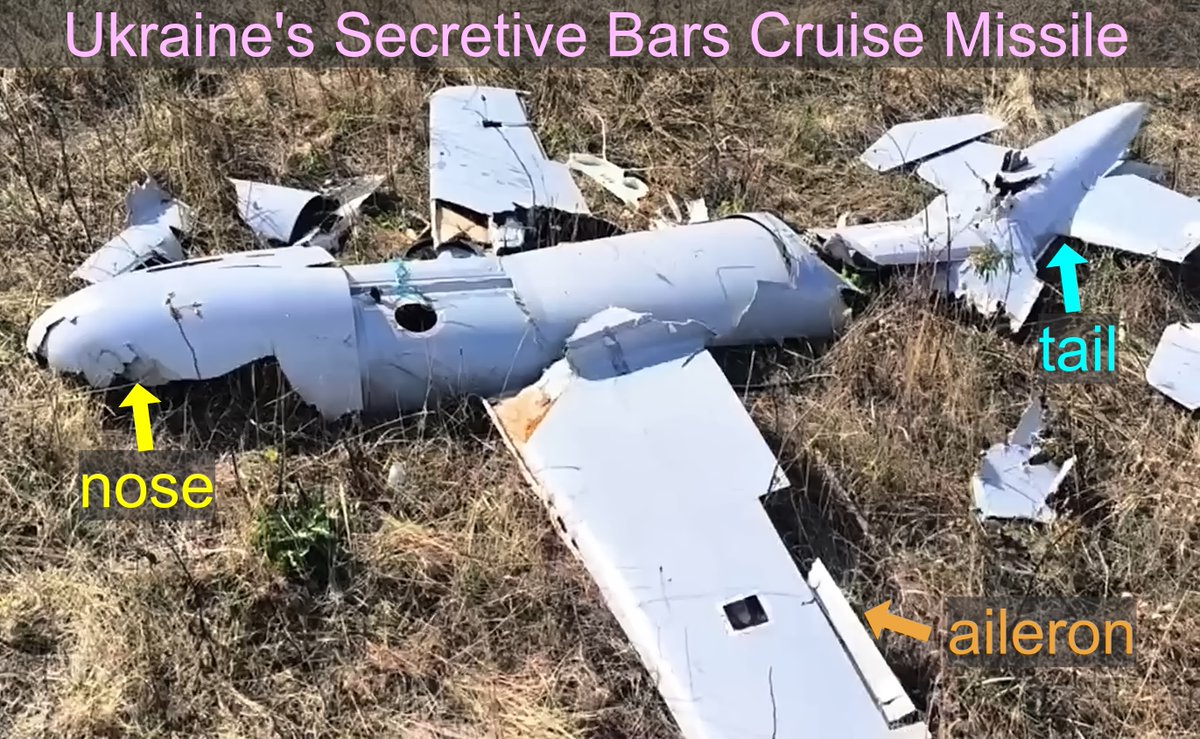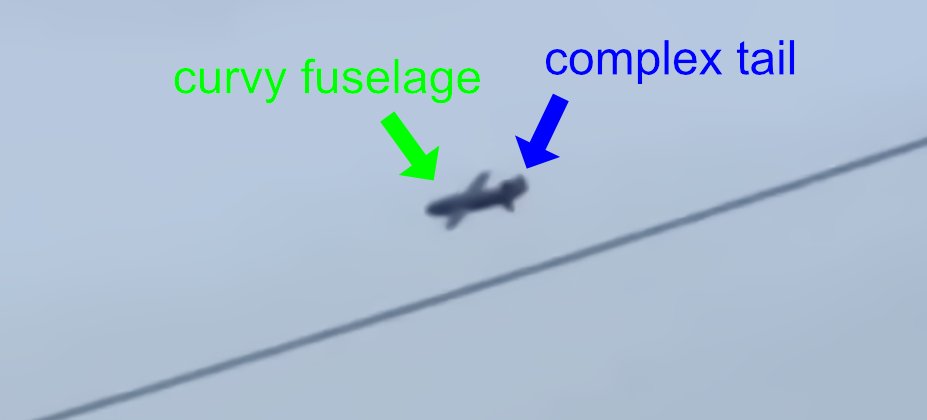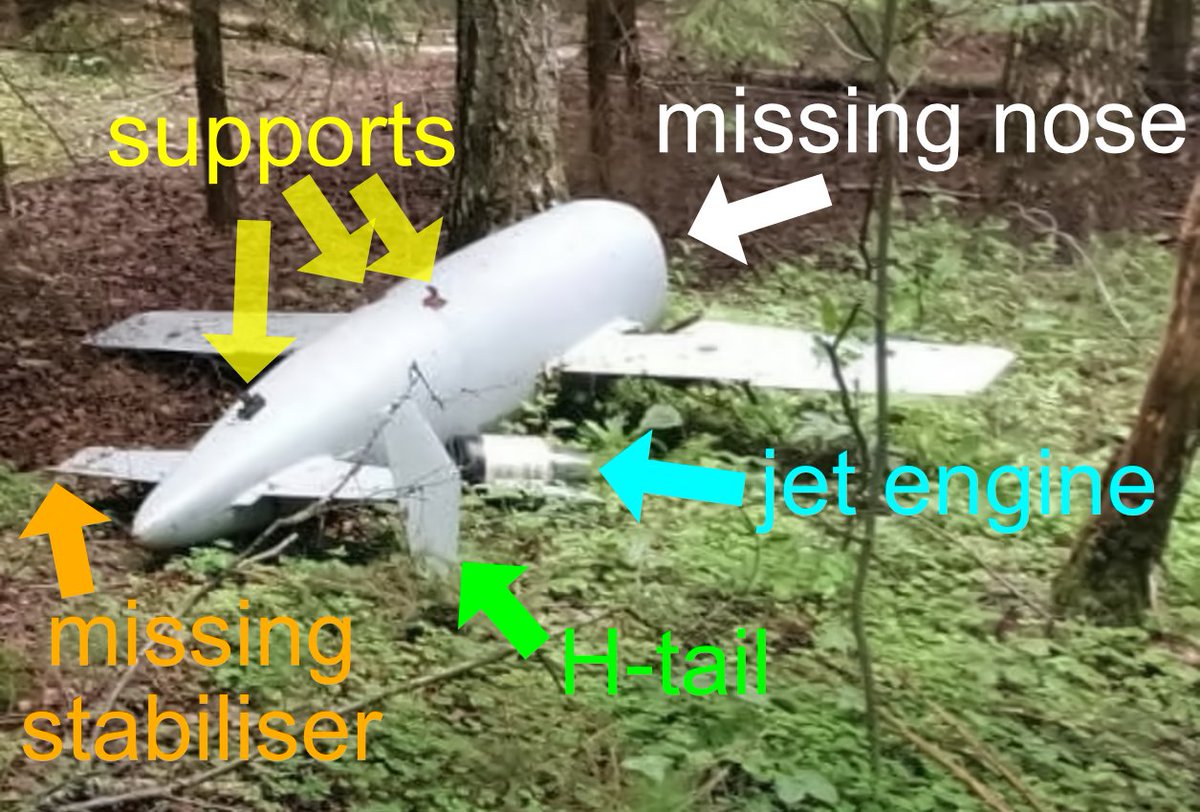🧵1. A captured #Russian first-person-video #drone was carrying three charges from rocket-propelled grenades. This is a lot of weight for a small drone to carry. A previous captured drone carried a 4.8 kg explosive.
t.me/serhii_flash/1…
t.me/serhii_flash/1…

2. These hobby-grade drones were never meant to carry a payload. Instead they were meant to be fast. How are they now carrying such large payloads? 

3. A casual inspection shows a fairly standard quadcopter drone. The frame is made from carbon fibre and there are a few 3D-printed parts but nothing special. (The video transmitter & ELRS receiver require a closer look but that’s a different thread.) 

4. However a closer inspection reveals a very simple modification. Each of the arms holding a motor has been reinforced with a rectangular carbon rod. Each rod is held in place with heat-shrink tubing.
t.me/serhii_flash/1…

t.me/serhii_flash/1…

5. A rod runs the full length of each arm. This is a very inexpensive and easy modification that greatly enhances the performance of the drone. We are seeing more modifications and customizations of drones as the war progresses. 

6. (ps) I am bewildered why a thread on using heat-shrink tubing got 30,000 impressions. If you liked this, please have a look at my previous posts.
• • •
Missing some Tweet in this thread? You can try to
force a refresh






















